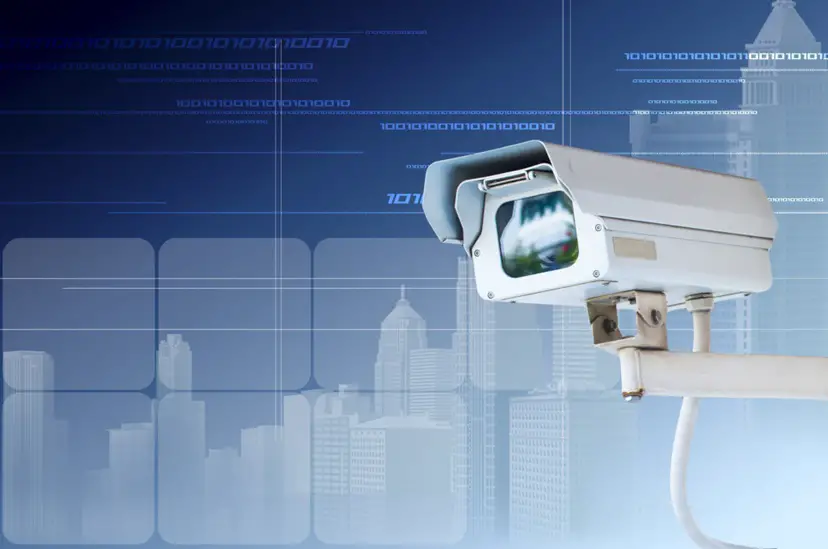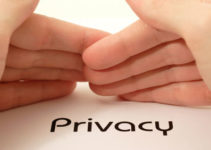New Internet users who open email accounts can find that their joy at discovering online networking is impinged by spam. Spam, otherwise known as unsolicited electronic junk mail, is sent, often by advertising companies, to mass recipients at once. Sometimes receivers respond favorably to spam, which makes the whole process valuable to senders. Receivers who don’t want junk via electronic post however, can find spam annoying and will try every possible ways filtering them out.
Spam can quickly fill your inbox and take time to wade through. In addition, if you are a conscientious Internet user you may be wary of accidentally opening spam that might contain a computer virus. Catching a Trojan or other computer virus via junk mail can add insult to injury.

Spam filters
The first step to filtering spam can be to employ an anti-spam filter tool. You can download anti-spam tools from the Internet; however, you will probably find that you already have a method of dealing with spam supplied by your email program. Windows Mail for example, provides junk email options for customers. Under the heading ‘Tools’ you could click on ‘Junk-Email Options’ and then choose how you would like to deal with potential spam via a list of choices.
Read also: Why Gmail is The Best at Keeping Your Inbox Organized
No automatic filtering
The first, but least safe option is to employ no automatic filtering of spam emails. This would mean that you’ll receive all mail routinely whether it was junk or not, including email threats. However, you could still block known spammers and other senders from whom you didn’t want to receive mail.
Low filtering
The second option is low filtering of spam emails. This involves moving obvious spam to a junk folder. Low filtering can be useful if you don’t want to miss emails you want to receive that could otherwise be presumed to be junk if a higher filtering capacity was employed.
High filtering
High filtering is a great way to catch almost all forms of spam emails, but it can sometimes result in messages you would have liked to receive being lost as well.
Safe list filtering should be used if you only want to receive emails from people you know and have placed on a safe list. Any other mail is automatically filtered.
Read also: How to Avoid Falling for A Phishing Scam
Permanent removal
The final option Windows offers is to opt for permanent removal of unsolicited emails. Such emails don’t go into a junk folder for you to check. Instead, all unsolicited messages and spam are permanently deleted before you get to see them.
Like Windows Mail, most email programs allow people to select filtering options of their choice to suit their needs. Not choosing to use a filtering system at all can be a mistake, as viruses and annoying mail are generally posted electronically to email users en masse in this fashion.
Deciding which filtering option is best for you and employing it straight away when you open an email account can be wise. By perusing the selection of choices offered by your email program regarding junk mail, you can effectively avoid most spam and safeguard your time, energy and safety as an email receiver.
Read also: How to Keep Friends from Sending Spam Without Being Rude




great post, thanks for sharing…very helpful post you have here..this is my primarily problem of my email…
it can now lessen the spamming issue Big thanks 🙂
You are welcome!
I use hotmail the most. I know some people don’t like it, but I have had it for many years so I continue using it the most. Hotmail seems to have got better over the years. It does a pretty decent job now, but some still slip through. They usually end up in my junk folder rather than my inbox folder. I tried Yahoo mail a few years ago, and at that time I got tons of junk and spam mail so I stopped using it. Gmail I don’t use nearly as often, but it seems to do a decent job. I have also have a email from my isp that I use mozilla thunderbird with it, but I only give that out to family so I rarely get any unwanted mail there.
I used Hotmail before but gave it up since Gmail came out, and yes Gmail really is doing a great job in filtering spam.
Spam messages and spammers are really a headache. This post surely helps a lot.
What most people should do…like me is have a email adress that you can delete incase of spam. Basically when you subscribe to any new newsletters or websites or what have you, you use that one. Then if that account doesn’t get spam switch it to your main one. Volia. Easy spam filtering :).
Tried that before but didn’t work for me 🙂
This post helps me a lot peter.Once i saw a different message in my inbox and i shocked.After some time some body tell me those are the mails come from the spammers.Anyway your post helps me.
Glad it helps!